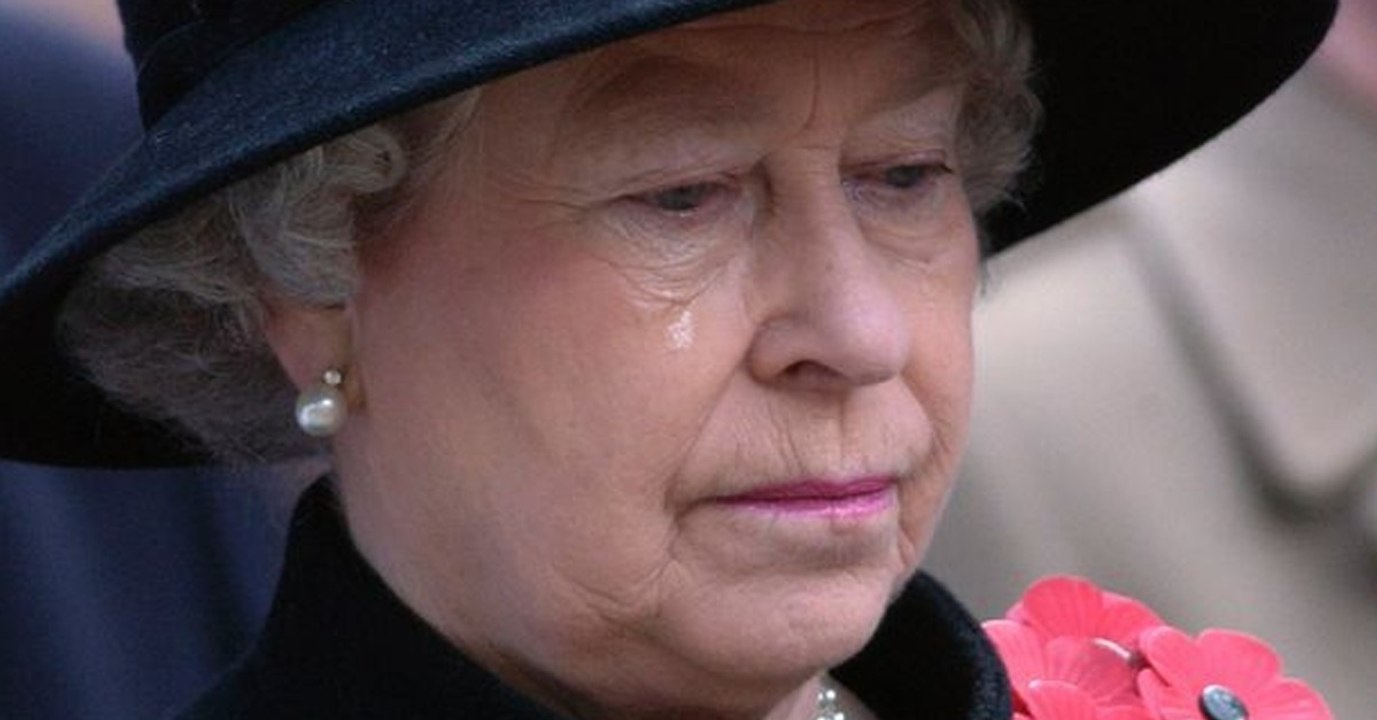
Whether they loved her or hated her, people around the world had to admit that Queen Elizabeth led one hell of a life. She served as Queen for 70 years, shepherding her people through times of great joy as well as times of great sorrow.
However, being the Queen meant that Elizabeth had to keep her own joys and sorrows largely to herself. As a kind of spiritual grandmother to the entire world, she couldn’t always allow herself to show vulnerability or emotion.
Therefore, it’s only after Elizabeth died that we have learned about her reaction to the different tragedies throughout her life. What were these tragedies, and how did they shape her as both a ruler and a person? Let’s find out!
From tragedy to royalty
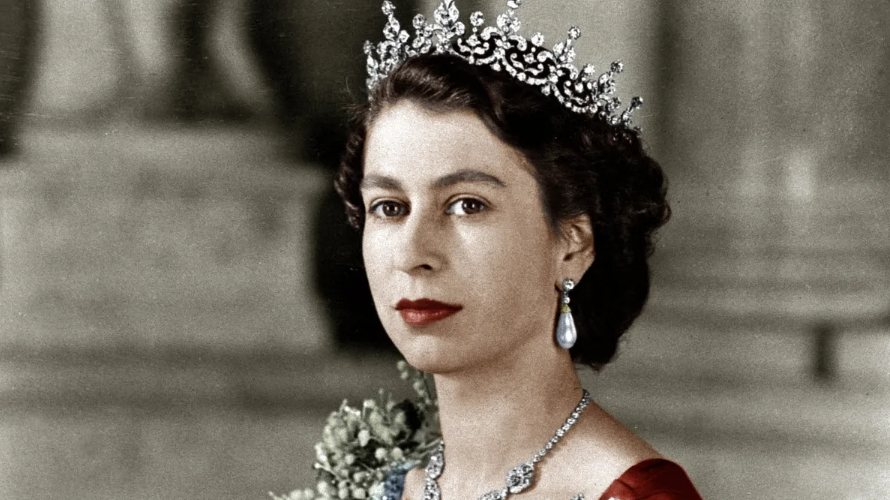
For Queen Elizabeth, it was almost impossible to separate tragedy from royalty. That’s because, without the unexpected tragedies in her life, she would never have become Queen in the first place.
Originally, Elizabeth never had a chance of becoming the Queen. But when her uncle, King Edward VIII, fell in love with American divorcee Wallis Simpson, he ended up abdicating the throne in order to marry her. This left Elizabeth’s father to ascend the throne as King George VI when she was just 11 years old.
As Time reports, young Elizabeth didn’t even like the idea of possibly ruling the country. At one point, her younger sister Margaret asked her, “Does that mean you will have to be the next queen?” When Elizabeth said yes, Margaret responded with two words that summed up both their feelings: “Poor you.”
But there was no stopping the inevitable. In 1952, when Elizabeth was on a trip to Kenya with her husband Prince Philip, she found out her father had died. The day she dreaded had arrived, and Elizabeth was now the Queen at just 25 years old.
RELATED: The Truth About The Death Of Queen Elizabeth II
Mourning her corgis
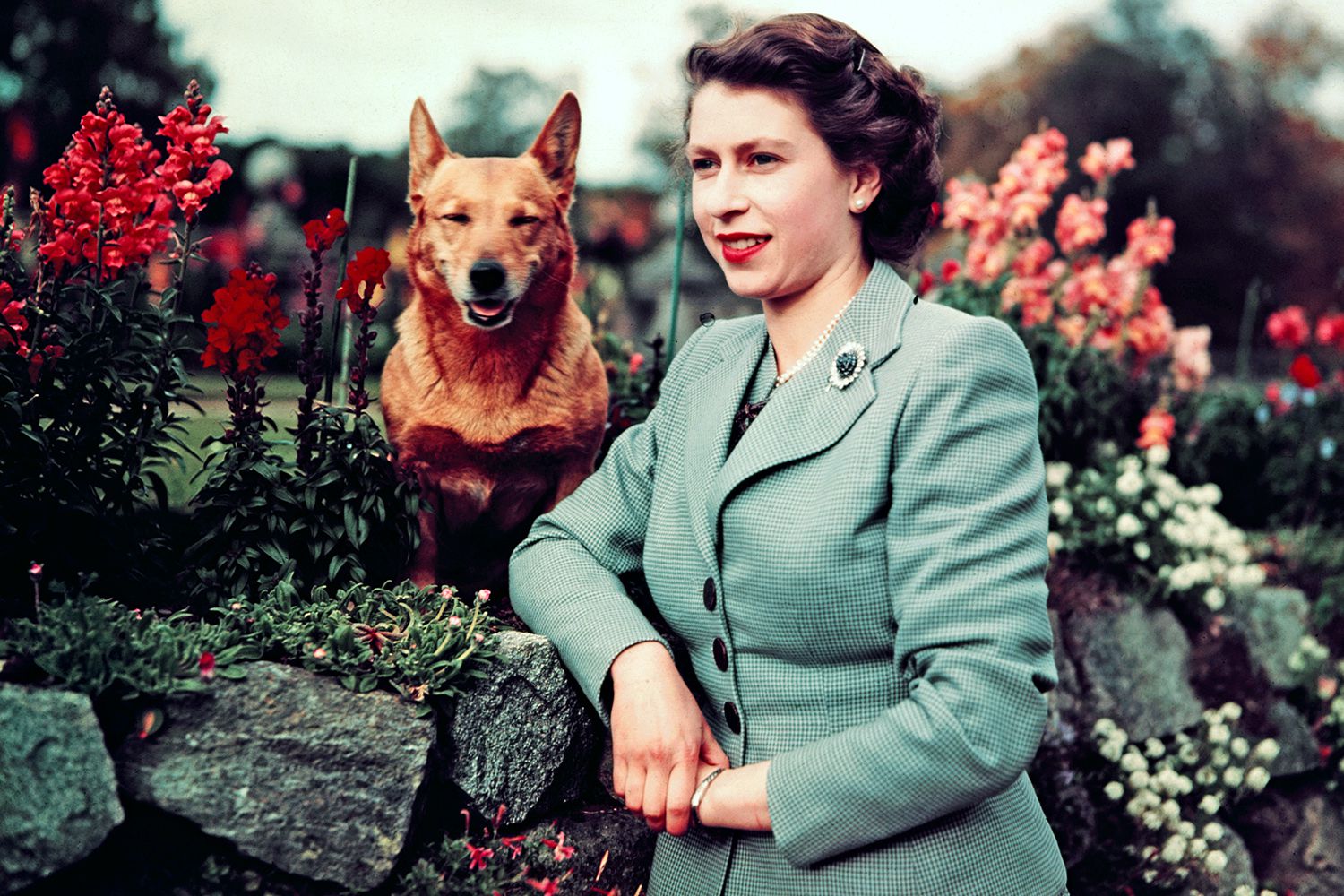
Queen Elizabeth bred and raised corgis for most of her reign. Her love of the breed goes back to 1933 when her father brought a corgi home. And when she turned 18, King Edward VI gave Elizabeth a corgi of her very own that was named Susan.
When Susan died in 1959, the Queen took it very hard. And as the Daily Mail reports, she buried the dog with many honors. The dog was laid to rest at the Sandringham Estate’s royal cemetery along with a tombstone that read, “Susan… For almost 15 years the faithful companion of the Queen.”
Still, the Queen kept breeding corgis over the years, and she took the death of one dog, Willow, harder than anyone expected when the animal passed away in 2018. As a palace insider told the Daily Mail, “She has mourned every one of her corgis over the years, but she has been more upset about Willow’s death than any of them… It is probably because Willow was the last link to her parents and a pastime that goes back to her own childhood. It really does feel like the end of an era.”
Sibling rivalry
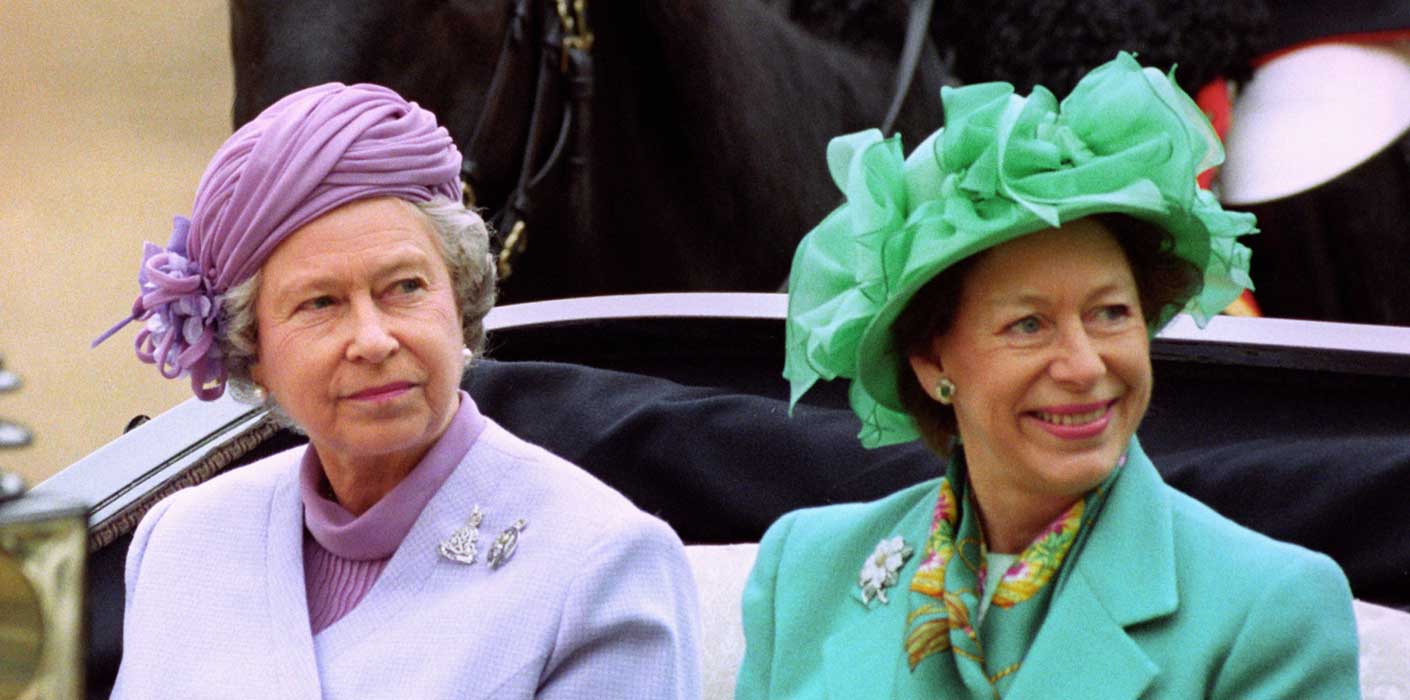
Sometimes, truth really is stranger than fiction. For example, the rivalry Elizabeth had with her sister Margaret over the years was more intense than anything you might have seen re-enacted on The Crown.
Royal biographer Andrew Morton dished about this in an interview with Vogue. “There’s always tension, because the heir gets the final say, and the spare, however good, however brilliant, however dynamic, however charismatic they are, is always second in command, the wingman,” he said.
This would certainly explain why Margaret had beef with her sister over the years. And Margaret wasn’t afraid to get personal at times. On one memorable occasion, she bluntly told Elizabeth, “If you weren’t Queen, nobody would talk to you.”
However, the sisters still knew how to stand together against a common threat. For instance, when religious and government forces criticized Margaret’s relationship with Peter Townsend, Elizabeth was ready and willing to fight for her sister.
RELATED: The Most Embarrassing Jobs Royal Staff Must Do For The Queen
1992: the Queen’s most horrible year?
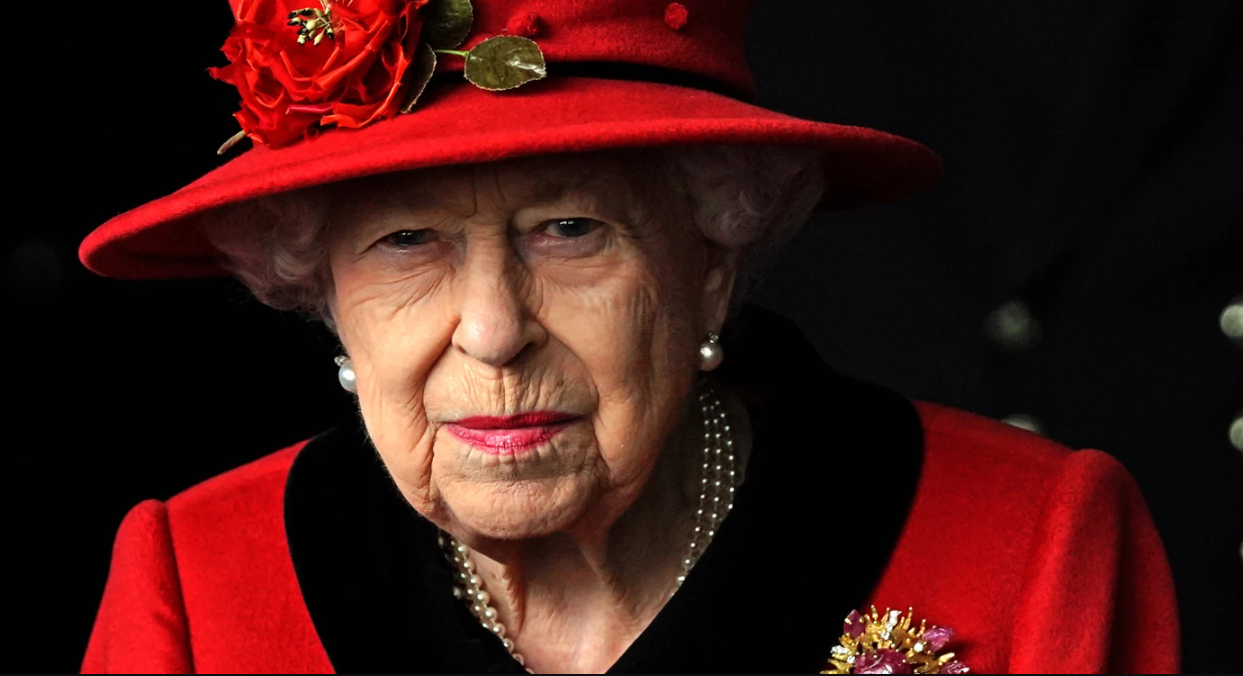
Queen Elizabeth experienced many tragedies over the years, but these tragedies tended to be spaced out. In 1992, however, she experienced enough of them that it had her ready to declare this one terrible year.
What made 1992 so bad? Prince Charles and Diana’s relationship was falling apart in a very public way. Speaking of public, Andrew Morton’s book Diana: Her True Story spilled all kinds of royal tea about Diana’s misery.
It was really a bad year for relationships all around. Prince Andrew separated from Sarah Ferguson after she was caught having an affair with her financial advisor. And Princess Anne and Mark Phillips divorced after having their own affairs. Finally, on November 20 that year, Windsor Castle nearly burned down.
Four days after the castle was nearly destroyed, Elizabeth gave a speech revealing her nickname for the year. “1992 is not a year on which I shall look back with undiluted pleasure,” she said. “In the words of one of my more sympathetic correspondents, it has turned out to be an ‘Annus Horribilis.’” This is, of course, Latin for “horrible year.”
The death of her mother and sister
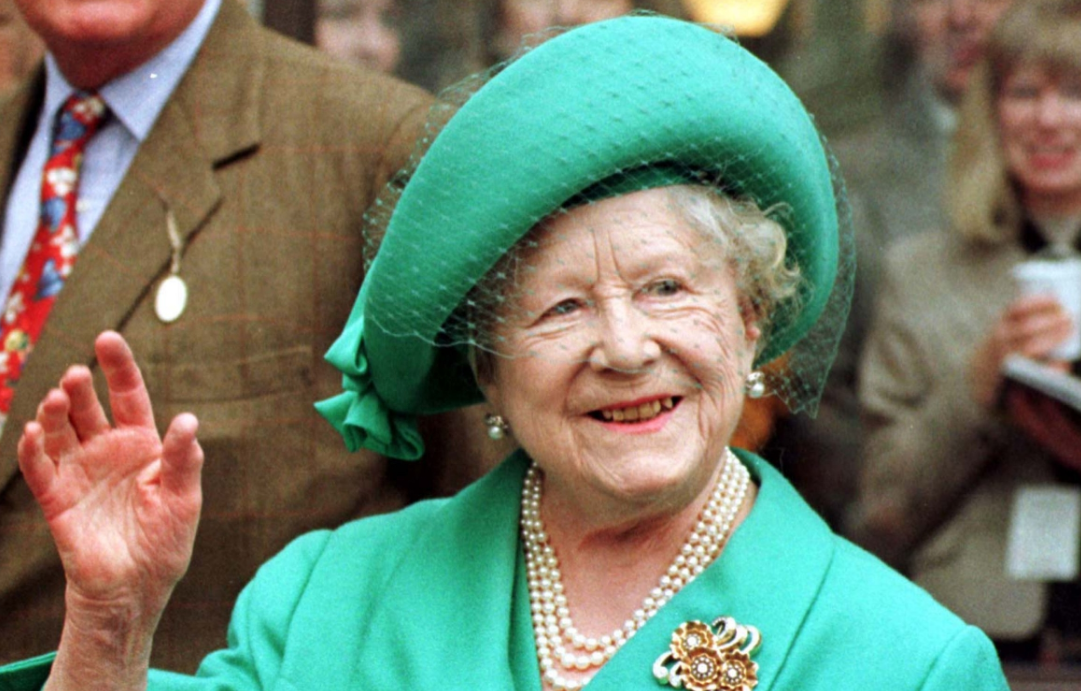
While 1992 was the year the Queen officially declared “horrible,” 2002 could give 1992 a run for its money. That’s because 2002 was the year that Queen Elizabeth lost both her mother and her sister.
First, Princess Margaret died on February 9, 2002, after suffering several strokes. Both Elizabeth and her mother (affectionately known as the Queen Mother) attended the funeral. Two months later, Elizabeth had to bury her mother without the support of her now-deceased sister.
As People reports, Elizabeth made the rare decision to address U.K. via a televised speech the evening before the Queen Mother’s funeral. In her speech, Elizabeth discussed how she felt “fortunate that my mother was blessed with a long and happy life” and that she had an “infectious zest for living” as well as “resolve, dedication and enthusiasm for life.”
RELATED: What The Queen Really Thinks About Harry & Meghan’s Royal Exit
The death of Prince Philip
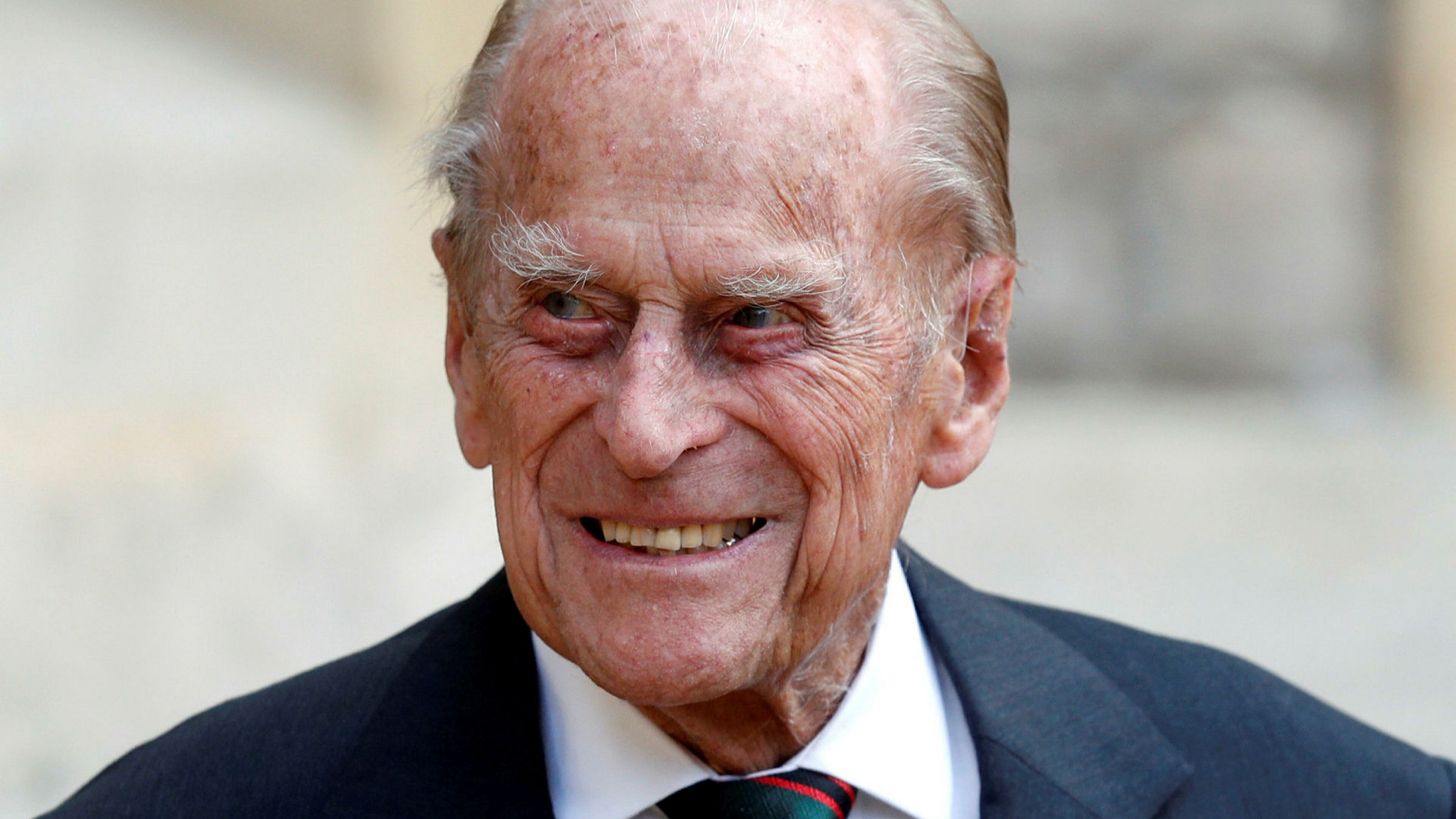
In more recent years, Elizabeth faced unexpected scandals, including everything from Megxit to revelations about Prince Andrew’s connections to Jeffrey Epstein. But nothing rose to the scale of personal tragedy quite so much as the death of Prince Philip.
Philip died on April 9, 2021, soon before his 100th birthday. Publicly, the Queen tried to put on a brave front. But the simple truth is that burying her husband of the past 70 years really tore her apart inside. As USA Today reports, royal correspondent Victoria Arbiter summed things up nicely: “I don’t think we can underestimate how significant a loss this is to the queen — it’s undeniable this will be the hardest day of her life.”
And as the BBC reports, her son Prince Andrew shed some more light on how Elizabeth felt. According to him, the Queen said the death of her husband “left a huge void in her life” and that her family was doing their best to help fill that void.
Now, in the wake of Queen Elizabeth herself dying, the rest of the Royal Family is left shaken by the void she leaves.
